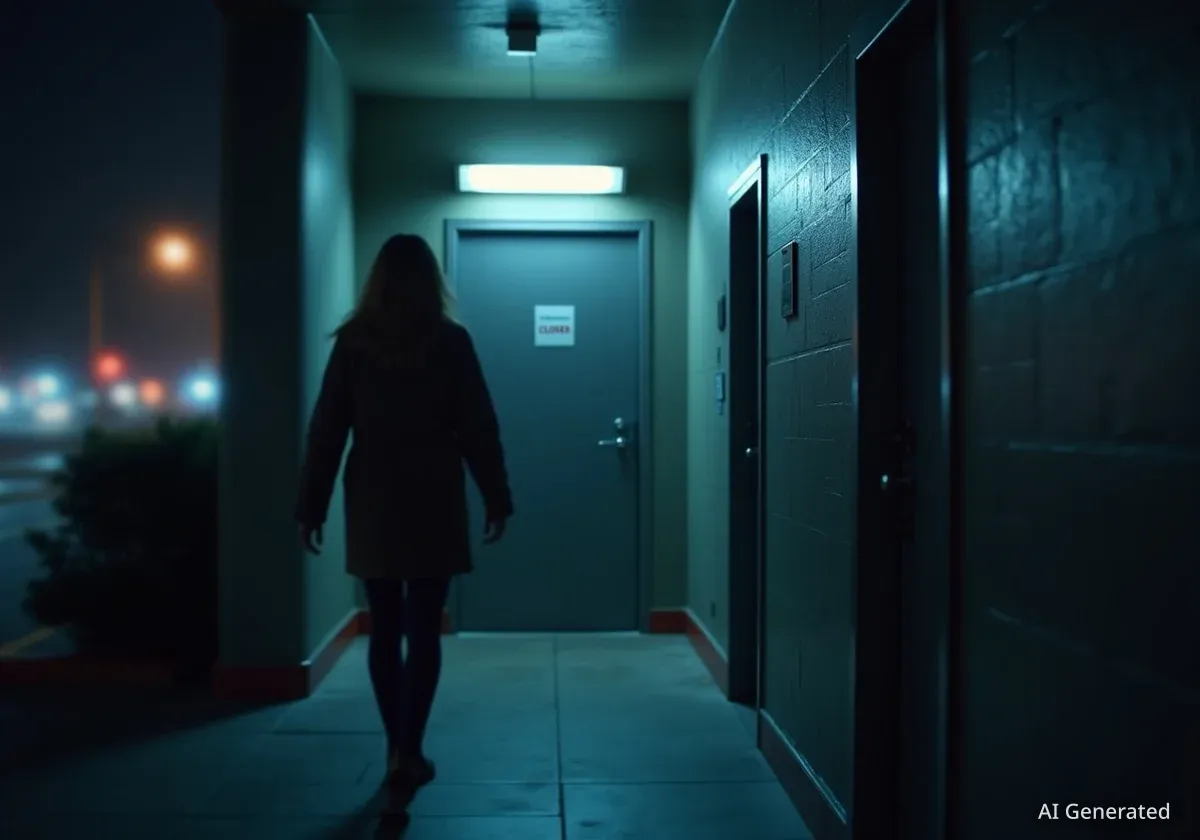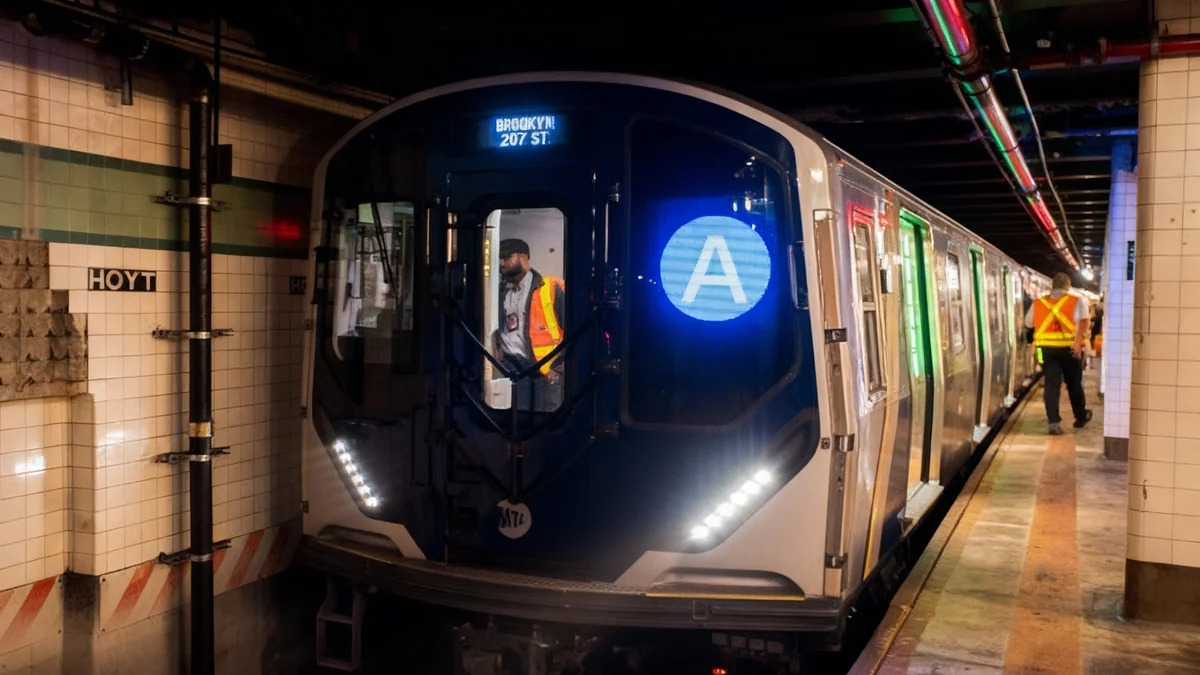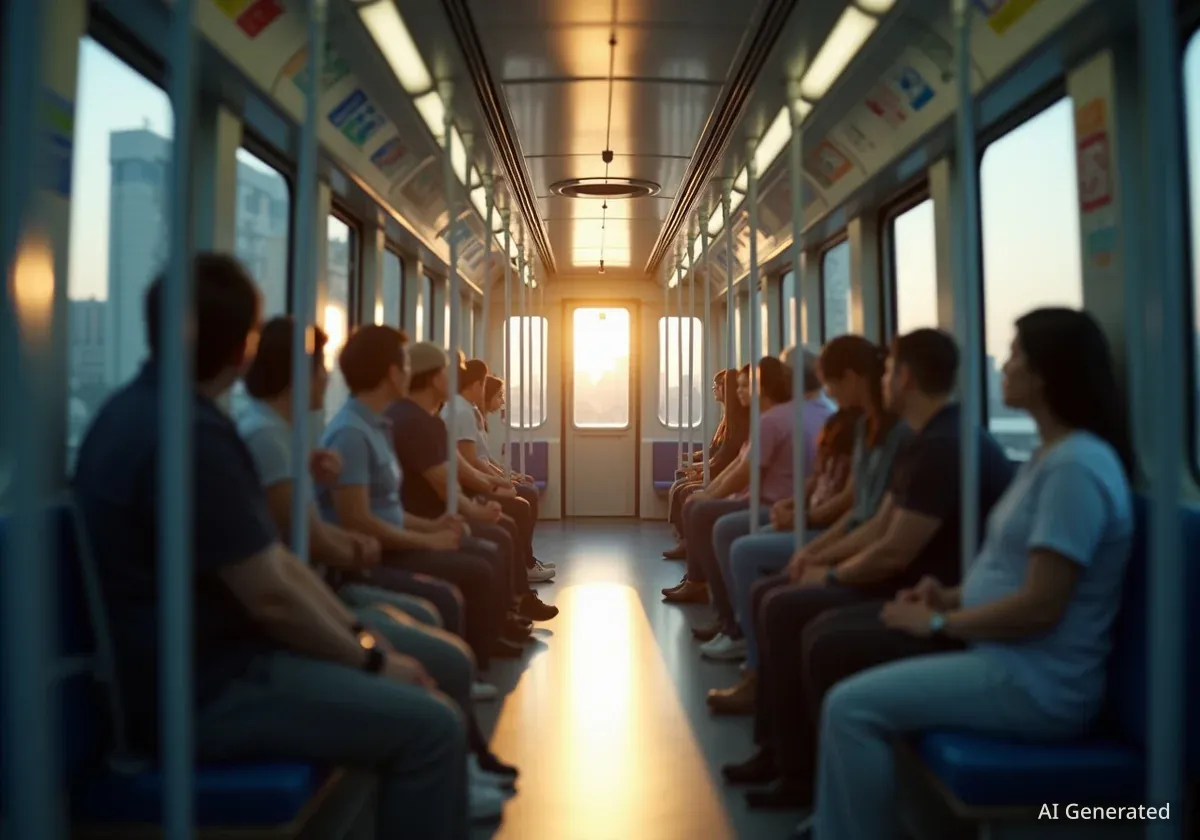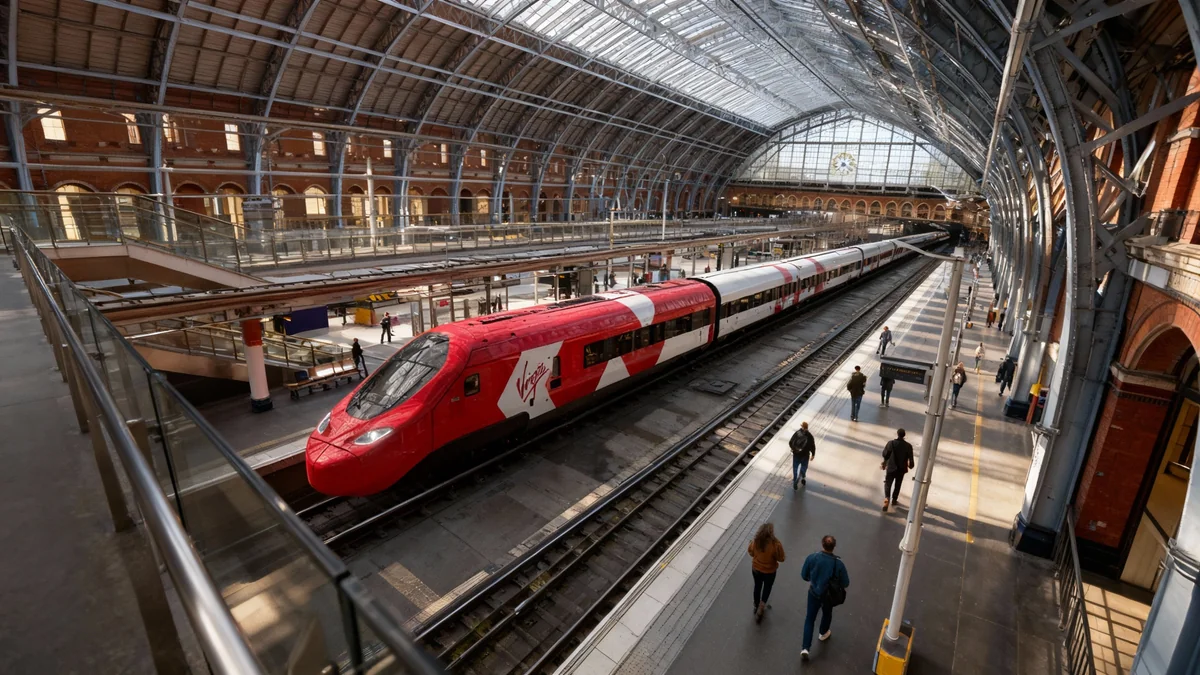Former New York Governor Andrew M. Cuomo, now an independent candidate for mayor, has put forward a significant proposal to restructure control over New York City's subway system. The plan suggests transferring responsibility for capital construction and station maintenance from the state-run Metropolitan Transportation Authority (MTA) to the city government.
If implemented, this would mark one of the most substantial shifts in transit governance in decades, placing major infrastructure decisions directly under the mayor's authority while leaving daily operations with the MTA.
Key Takeaways
- Andrew Cuomo proposes that New York City take control of subway capital construction and maintenance from the MTA.
- The plan would create a city-led "construction management team" overseen by the mayor.
- The MTA would retain control over the day-to-day operations of the subway system, including train schedules and service.
- The proposal faces significant political hurdles, including the need for cooperation from Governor Kathy Hochul, who effectively controls the MTA board.
A New Model for Subway Management
The proposal, which Mr. Cuomo is scheduled to detail at a breakfast with the Association for a Better New York, outlines a clear division of responsibilities. Under this new framework, the city would assume a powerful role in shaping the future of its own transit infrastructure. The mayor would lead a dedicated construction management team tasked with a wide range of critical projects.
This team's purview would include overseeing major station renovations, managing the procurement of new subway cars, and executing essential upgrades to the system's core components. One of the most critical areas mentioned is the modernization of the subway's antiquated signal system, a frequent source of delays and service disruptions for millions of riders.
The MTA, however, would not be entirely removed from the picture. The state agency would continue to manage the complex logistics of daily subway service. This includes setting train schedules, deploying personnel, and responding to real-time service issues, ensuring that the trains keep running for the city's commuters.
A History of State Control
The Metropolitan Transportation Authority was created by the New York State Legislature in 1965 to oversee transportation in the 12-county region of downstate New York. As a public benefit corporation of the state, its board is largely controlled by gubernatorial appointees, historically giving the governor significant influence over city transit despite the system primarily serving New York City residents.
The Political Landscape
While the proposal aims to address long-standing issues of efficiency and accountability in subway construction, its path to reality is fraught with political challenges. The plan's success hinges on cooperation between the city and state, a relationship that has often been strained.
The MTA board is effectively controlled by Governor Kathy Hochul. Given the well-documented political friction between Governor Hochul and her predecessor, Mr. Cuomo, securing the necessary approvals and collaboration from the state would be a formidable task for a potential Cuomo administration. Any such change would likely require extensive negotiations and possibly new state legislation, creating a complex process that could take years to navigate.
Mr. Cuomo's own history with the MTA as governor adds another layer of complexity. His tenure was marked by a hands-on, and at times contentious, approach to managing the transit authority. This history could influence how the proposal is received by state officials and transit advocates alike.
What This Means for Riders and Projects
For New Yorkers who rely on the subway daily, the proposal raises important questions about the future of their commute. Proponents of such a shift might argue that local control could lead to more responsive and efficient project management, directly accountable to city voters.
Key areas that would fall under city management include:
- Signal System Upgrades: Modernizing the signals is crucial for increasing train frequency and reliability.
- Station Accessibility: Overseeing the installation of elevators and ramps to make more stations compliant with the Americans with Disabilities Act (ADA).
- New Train Cars: Managing the purchase and deployment of modern, reliable rolling stock.
- General Maintenance: Handling repairs and upkeep for the system's 472 stations.
New York City Subway by the Numbers
The NYC subway system is one of the world's largest rapid transit systems. It features 472 stations in operation, 25 routes, and over 665 miles of mainline track. Prior to 2020, it carried over 1.7 billion passengers annually, making its maintenance and capital improvement projects massive undertakings.
Critics, however, may worry about the city's capacity to manage such large-scale projects and the potential for political interests to interfere with long-term infrastructure planning. The division of responsibilities could also create new bureaucratic hurdles if communication and coordination between the city's construction team and the MTA's operations division are not seamless.
A Contentious Mayoral Campaign Issue
By introducing this plan, Mr. Cuomo is injecting a complex and potentially divisive issue into the mayoral race. His main rival, Democratic nominee Zohran Mamdani, has his own distinct platform for transit reform. This proposal forces a debate on the fundamental governance structure of a system that is the lifeblood of the city's economy and its residents.
The central idea is to separate the long-term building and modernization of the subway from its daily operational management, placing the former under direct city control.
The announcement is strategically timed, coming as candidates are working to differentiate their platforms on key urban issues. The future of the subway is a perennial concern for New Yorkers, and any candidate's plan for improving it will be heavily scrutinized. The feasibility and potential benefits of this proposed power shift will likely become a significant topic of discussion in the weeks leading up to the election.
Ultimately, the proposal represents a bold vision for the future of New York City's transit. Whether it is a viable solution or a political long shot remains to be seen, but it has undeniably reshaped the conversation around who should be responsible for fixing the city's subways.





